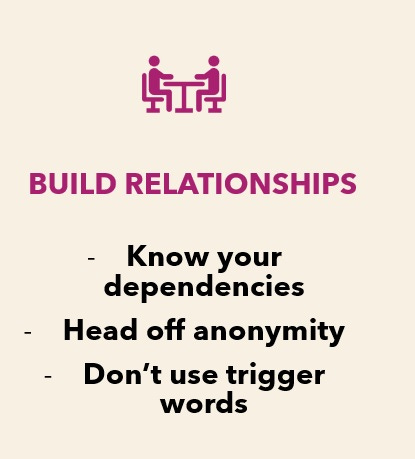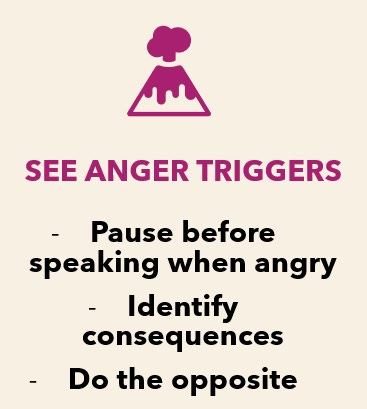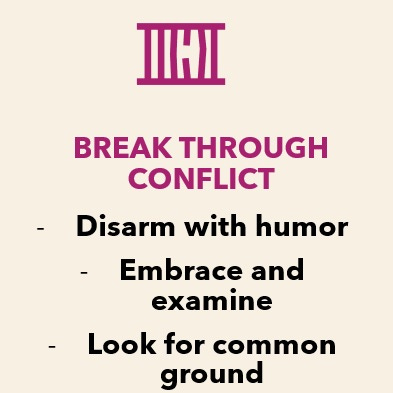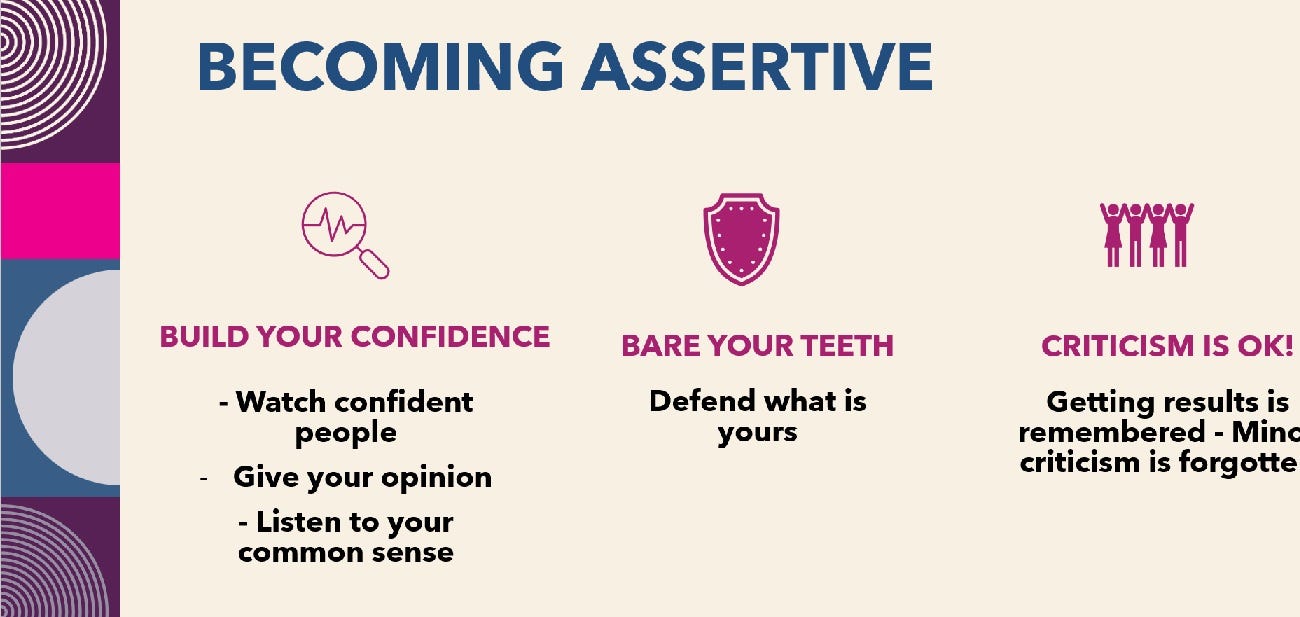When to Stand Your Ground
Using assertiveness to disarm conflicts
What is your strategy for handling aggression on your team? Do you match it with equal aggression? Do you walk away? Like many, you would say to walk away from a confrontational situation and preserve the team's harmony. Or you might say you need to walk away to control your own anger and prevent an escalation.
However, walking away from unprovoked aggression can cause minor issues to fester and lead to bigger problems over time. How can you find common ground while being assertive? Let's dive into this question!
Product leaders are frequently in the middle of a conflict. When you have passionate people discussing a controversial topic, it is easy to slip into aggressive behaviors. There are 3 steps to handle unwanted aggressive behavior with your team:
Head off conflict by building relationships
Know your anger triggers
Disarm aggressors with assertiveness
Step 1: Build Relationships to Head Off Conflict
Anonymity can spawn some aggressive words. When you don't know someone well, you can accidentally say something confrontational. Likewise, you can hear something aggressive from someone you don't know.
Head off anonymity by building relationships with the key people on your product. You might hear an attack when a coworker says "It is laughable that a vendor would give us that kind of discount". In this case, a faceless "enemy" is causing a problem. But that "enemy" is a real person that is trying to do the right thing.
The conclusion is to build relationships with your peers and stakeholders so you don't inadvertently provoke aggressive behavior. Also avoid using words that cause stress like "just", "only", or "never" or words that can cause stress like "laughable". Building relationships naturally prevents poor word usage.
However, building relationships doesn't solve all the aggressiveness in your stakeholders and peers. You might have peers and stakeholders that are always confrontational. While you don't take this personally, you need ways to respond productively!
Step 2: Know Your Anger Triggers
Product leaders frequently are faced with tough decisions. In the heat of a debate, there are interruptions and emotionally charged moments. It is hard to stay calm in these situations when you are angry. The steps to be calm are:
Recognize when you are angry and pause before speaking
Comment on the consequences of the situation
Do the opposite of what you feel
Here is a situation in which you can apply this:
You are presenting a business case for the next phase in your roadmap. You pause and you are rudely interrupted by the head of engineering to state that customers would never buy that.
While you feel your anger rising, you pause before speaking.
Since you have built a relationship with the head of engineering, you know that she is struggling because there is no budget to grow the team.
You were anticipating headcount concerns and respond there is a good opportunity to grow the product.
You DON'T blurt out that headcount should be used for growth instead of side projects - instead, you do the opposite: you ask if you can go to leadership together on the business case opportunity.
The outcome ends up with more delay on the next phase of your roadmap. However, your relationship with the head of engineering is preserved and the leadership team is delighted to see you working together on solutions.
Step 3: Disarm Aggressors with Assertiveness
What do you do when you have a weak relationship and you are in a confrontation? Game-changing product leaders are in new situations daily and uncover new dependencies with new teams frequently. Of course, game-changers are going to hit contentious issues that need to be handled gracefully.
There are a few ways to disarm aggressors with assertive tactics:
Bring in some humor by discussing a future positive state:
congratulating each other on a new customer win next year
Celebrating the completion of a joint project
Response to a customer issue by sundown next Friday
Embrace the aggressive point of view and examine the impact together:
What if we do the suggestion from the aggressor?
Is a fresh idea being missed by the aggression?
Has a key fact been missed in the confrontation?
Look for common ground away from the conflict:
Up level to anything in common such as being an employee of the same company
Agree that outside competitors are the enemy
Share dismay about budget cuts
Once disarmed, you can work together on solutions.
Conclusion
Patience and resolve are needed to work through a dispute with assertiveness. It is challenging to handle aggression without becoming confrontational. Overriding your emotional response is helpful in preserving productive relationships. When you encounter conflict you can use strategies to get to common ground.
Keeping these strategies in mind will help you stand your ground in a conflict:
Build relationships to prevent conflict
Be aware of what makes you angry
Use assertiveness to disarm aggressive behavior
While you might not win every disagreement, these strategies keep you and your team productive.
More on assertiveness for product leaders
Dealing with Internal Criticism
Dealing with internal criticism is part of the job for product leaders. You're comfortable handling constructive feedback on investment decisions and priorities you've set for the team. What do you do when internal criticism hurts the productivity of the team?
Being Assertive is Leadership
Do your co-workers know your position on sensitive topics? Have you voiced an opposite opinion in a meeting? If not, you are missing a chance to be assertive. In your push to be liked by everyone, you could be working too hard on consensus instead of leading your team. Let's discuss how to be assertive without enemies.








love this list! As a person who used to avoid conflict like the plague - building relationships has been my go-to solution. Conflicts dont feel like conflicts when the person you’re having conflict with is somebody you know. As in understand their motivations, their triggers, their context, etc.